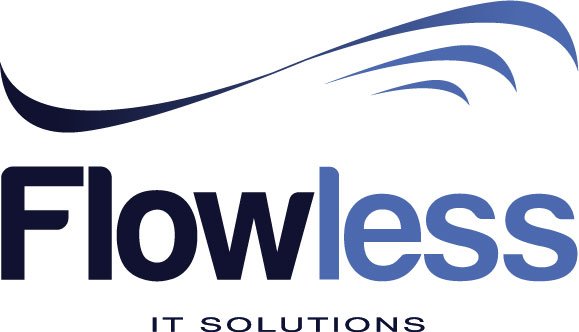When you are following agile software development methodology, you should be aware about agile modelling. That’s because you need to make sure that your software development projects are aligned with agile modelling. Agile modelling is a methodology that the agile software development teams use. In here, they are concerned about initial requirement modelling, model storming, and iteration modelling and acceptance test driven development. Primary objective of this procedure is to make sure that the high level requirements of software development project are understood at the initial phase. Then you will be able to go ahead and gather requirements just in time to proceed with the developments.
In here, the project requirements will come from stakeholders. The stakeholders will actively participate and share their requirements. There can be two different types of requirements, which you can call as behavioural requirements and non-behavioural requirements. Behavioural requirements explain how the user will interact along with the system. On the other hand, non-behavioural requirements explain the technical features available in the system, which are linked with performance, security, dependability, reliability and interoperability.
During the agile modelling phase, it is important to understand the difference between behavioural requirements and non-behavioural requirements. Then it is possible to add them into the backlog and communicate accordingly to the development teams as high level requirements.
There can be several types of requirements that are linked with your software development project. As a result, the different modelling artefacts will treat the different requirements in different ways. Hence, it is important to have different modelling artefacts as mentioned earlier within the intellectual toolkit. Then you will be able to get the most out of it and move forward along with time. Agile modelling will also create an ideal environment for the project development teams to ensure proper elicitation of the requirements as well.
— Slimane Zouggari
